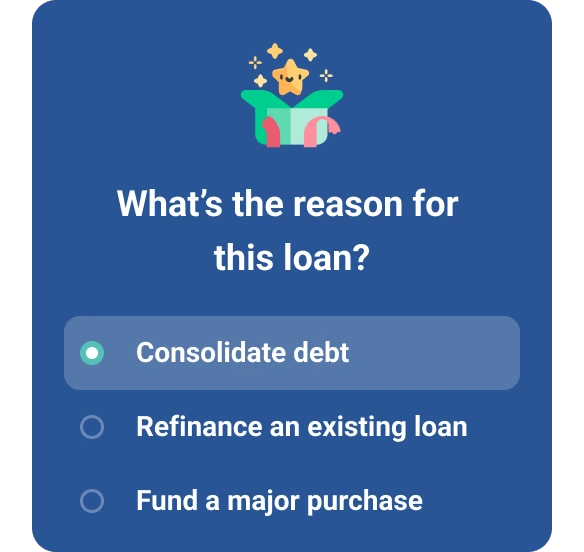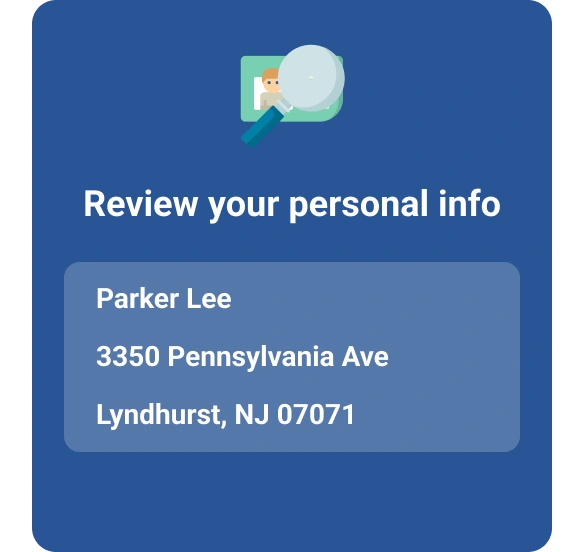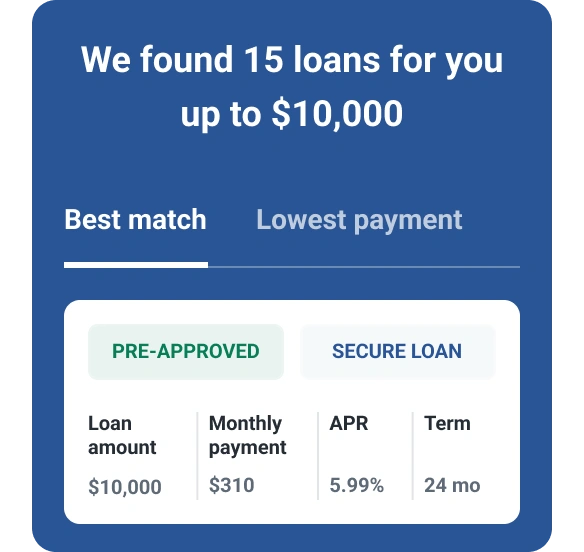What Type of Loan Is the Cheapest?

What's your cheapest option when you need a loan? The answer isn't always the method with the lowest interest rate. Costs involved in any loan can vary widely, so add up all the fees and interest—and understand the fine print. Availability and credit requirements are also critical factors. That said, some loans are decidedly less costly than others. Here are some of the cheapest options and how to find them.
How Do You Know Which Loan Is the Cheapest?
A loan's interest rate is typically the biggest single factor that determines the cost of a loan, and rates can vary quite a bit—between loan types, lenders, loans and borrowers. To better understand how a loan's interest charges will affect your total cost, use a personal loan calculator to figure out how much you'll pay.
In addition to interest, many loans charge fees. Some of the most common are origination fees, late fees and fees for paying off the loan before you agreed to (prepayment penalties). Be sure to fully understand any fees that apply to the loan and factor them into its overall cost when comparing your options.
Your creditworthiness plays a major role in determining how much you'll pay for a loan. The best rates and terms generally go to borrowers with the best credit. If you're in the market for a loan, review your credit score and report first. Knowing where your credit lands on the scale can help you anticipate what your viable options might be.
If your credit score needs a lift, think about taking a few months to focus on paying your bills on time and reducing credit card balances before applying for a loan. Also check out Experian Boost®ø, a free service that helps you add on-time utility, phone and streaming service payments to your Experian credit file and potentially lift your FICO® ScoreΘ.
What Type of Loan Is the Cheapest?
All things being equal, the cheapest borrowing options will be either a zero-interest loan or credit card with a promotional 0% APR offer. These loans may come with fees attached, but 0% interest (for a limited time, at least) makes them hard to beat. If you can pay off your balance within the zero-interest period, this could be the cheapest you'll find. Learn more about what is an APR, and how lenders utilize your credit score and report to determine what your APR will be.
Since lending without interest isn't very profitable on its own, these offers are usually available as incentives for doing business. Here are a few examples of zero-interest loan opportunities you might find:
- Introductory 0% APR credit card offers that apply to purchases or balance transfers
- Interest-free payment plans from retailers or buy-now-pay-later offers presented at the point of purchase
- 0% financing on a new car from an auto manufacturer
- 0% payment plans from medical or health care providers
Of course, there are caveats. These offers aren't available everywhere and you typically need good credit to qualify. You should also read the fine print. Some zero-interest loans have deferred interest. If you don't pay your entire balance by the end of the promotional period, you may be charged interest retroactively. In some cases, late payments can trigger penalty interest rates: Make one late payment and you may be charged interest going forward, possibly at an inflated rate that's higher than what you would have paid on another loan.
What Are the Different Types of Credit?
If a zero-interest loan isn't available to you, personal loans are a workable alternative. Although there are many types of personal loans—some geared toward debt consolidation or other specific uses, some without use restrictions—in general, these loans provide access to a moderate amount of cash at interest rates that are lower than credit card rates.
When you're looking for the best way to borrow, know that there are two broad ways to categorize debt: whether the debt requires collateral and how it's to be repaid. The type of debt you borrow can affect your interest rate, and it's important to know when making a decision to borrow.
Secured vs. unsecured loans: A mortgage is an example of a secured loan: If you fail to pay, you surrender your property. Secured loans present less financial risk to lenders because they offer a mechanism for recouping their money if a borrower defaults. Because unsecured loans don't use collateral as fallback, lenders typically charge a higher interest rate to make up for it. Most personal loans are unsecured. A few lenders offer personal loans secured by savings or investment accounts, which may be especially helpful for borrowers who are still building good credit or who want a more competitive rate.
Revolving credit vs. installment loans: Credit cards are the most familiar example of revolving debt. The lender extends a line of credit that you can tap into whenever you need funds. You don't pay interest on a revolving account unless you use your credit line. As long as you make at least the minimum required payment, you also have a lot of flexibility on how you repay the debt—a little at a time, in varying payment amounts or all at once. Find out more about how a credit cards interest charges will determine your total cost, by using our credit card payoff calculator. In exchange for this flexibility, you'll usually pay a higher interest rate on revolving debt. Personal lines of credit are a lower-interest alternative for borrowers who prefer this type of loan. Most personal loans are installment loans: You apply for a specific loan amount and agree to repay it in fixed amounts with interest over an agreed-upon period of time.
How to Get a Loan With a Low Interest Rate
Finding your best personal loan usually means going over a range of options. One of the most efficient ways to do this is to shop online. Before you start your online loan shopping, checkout how online loans work. Experian's loan comparison tool can provide a free personalized list of loan options based on your credit profile, but you can make your own comparisons. You may also want to compare rates and terms from traditional banks and credit unions.
As you go, keep the impact on your credit score to a minimum by sticking to preapprovals until you're ready to apply. Preapprovals won't cause a hard inquiry to appear on your credit like a loan application would. Each hard inquiry may ding your credit score by a few points, although the effect is typically minor and short-lived. Credit bureaus generally group similar inquiries together if they're done within a short time frame, but there's no reason to submit applications simply to compare your options.
When you're comparing loans, don't overlook additional opportunities to save, such as autopay discounts. Check reviews on customer service and support, as well: You may find out about other borrowers having problems with approval, funding or servicing that can be costly and aggravating.
More Loan Choices Could Save You Money
Because personal loans can involve a wide range of interest rates, terms, fees, types, credit requirements, features and service, having information at your fingertips can save you time and money. Getting personalized loan offers through tools offered by Experian takes some of the grunt work out of finding a good (cheap) loan—and may even connect you with lenders you never would have found.
Need a loan?
Whether you're shopping for a car or facing a last-minute expense, compare loan offers matched to your credit profile.
Start now for freeAbout the author
Gayle Sato writes about financial services and personal financial wellness, with a special focus on how digital transformation is changing our relationship with money. As a business and health writer for more than two decades, she has covered the shift from traditional money management to a world of instant, invisible payments and on-the-fly mobile security apps.
Read more from Gayle

